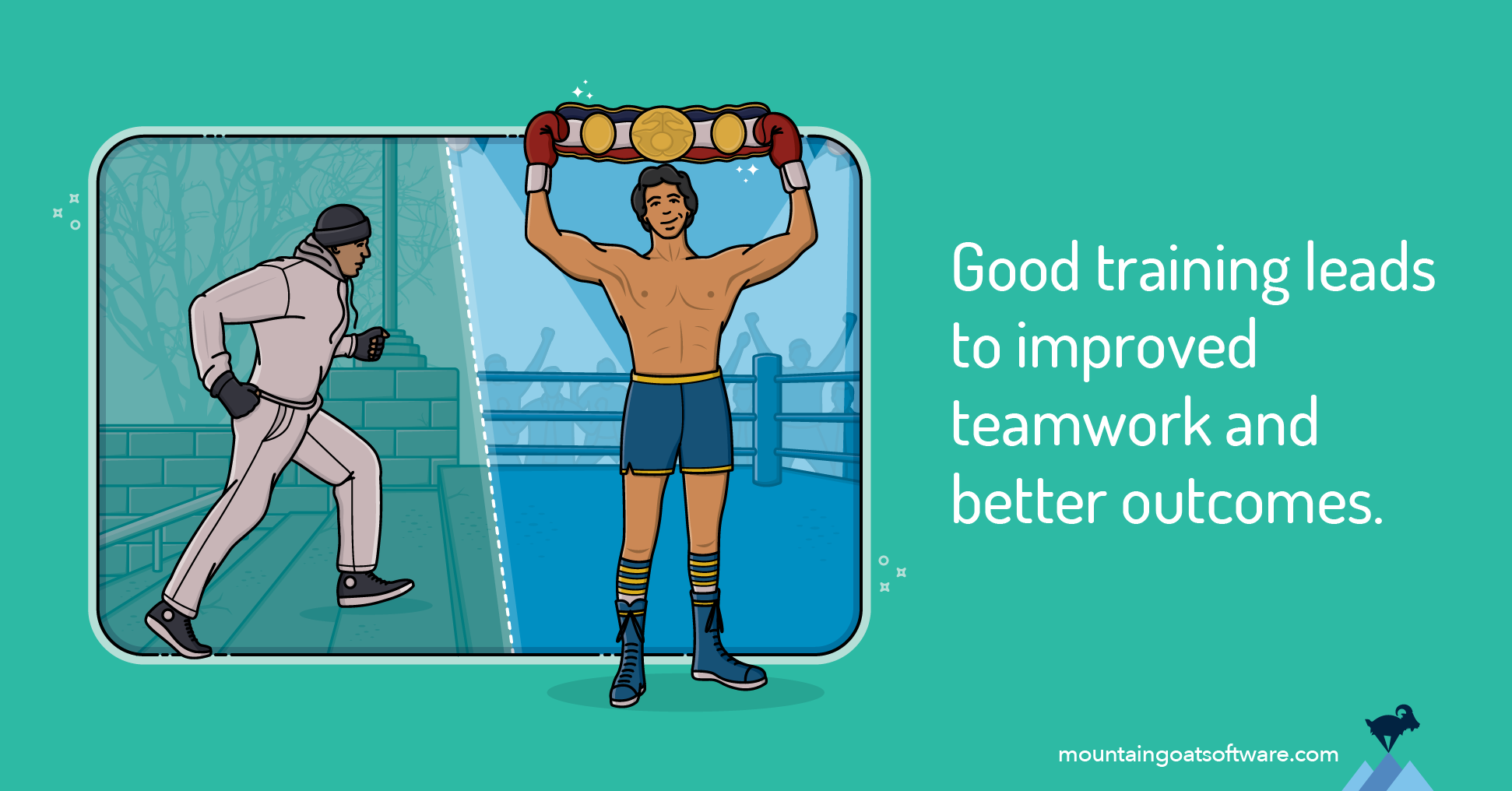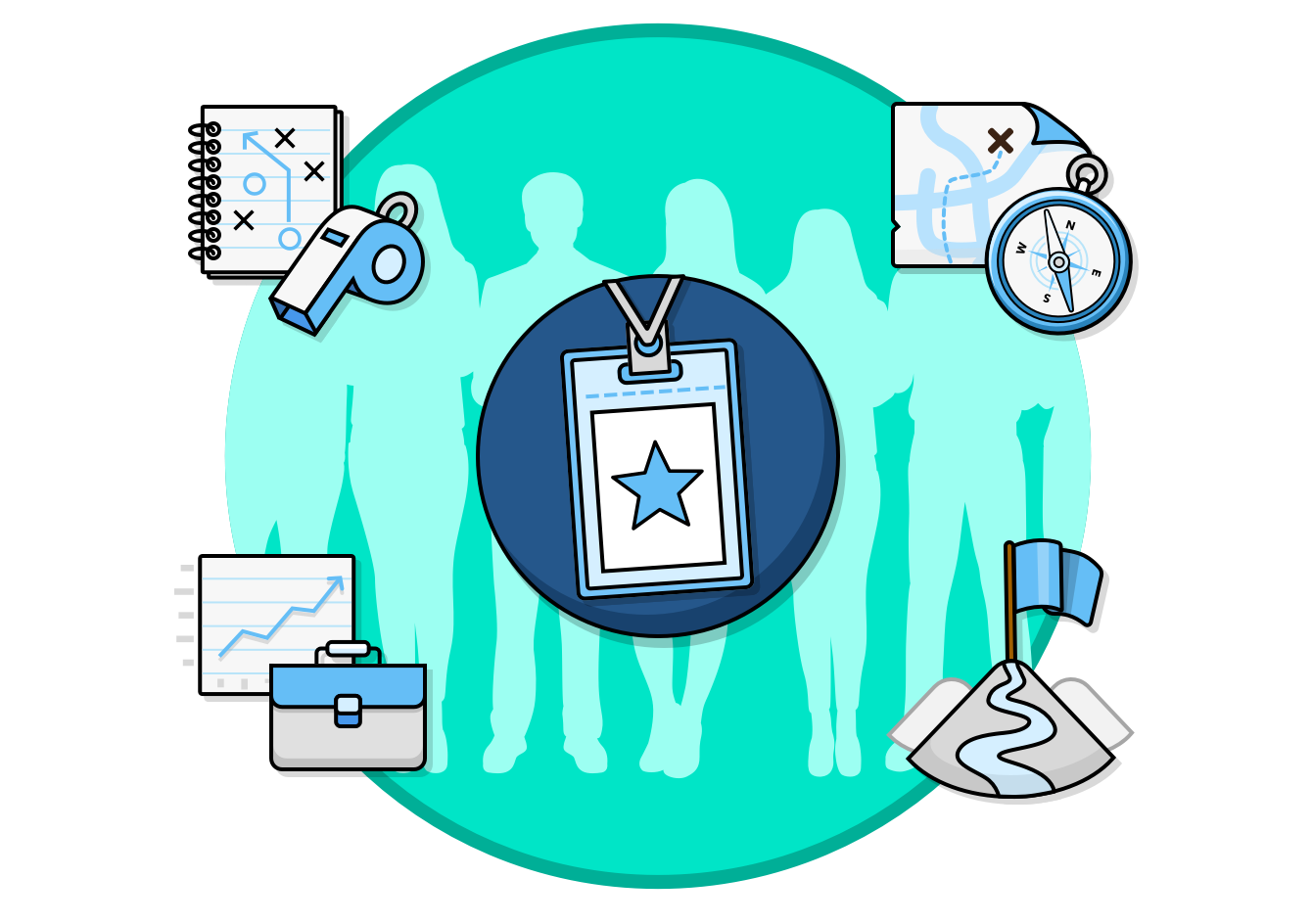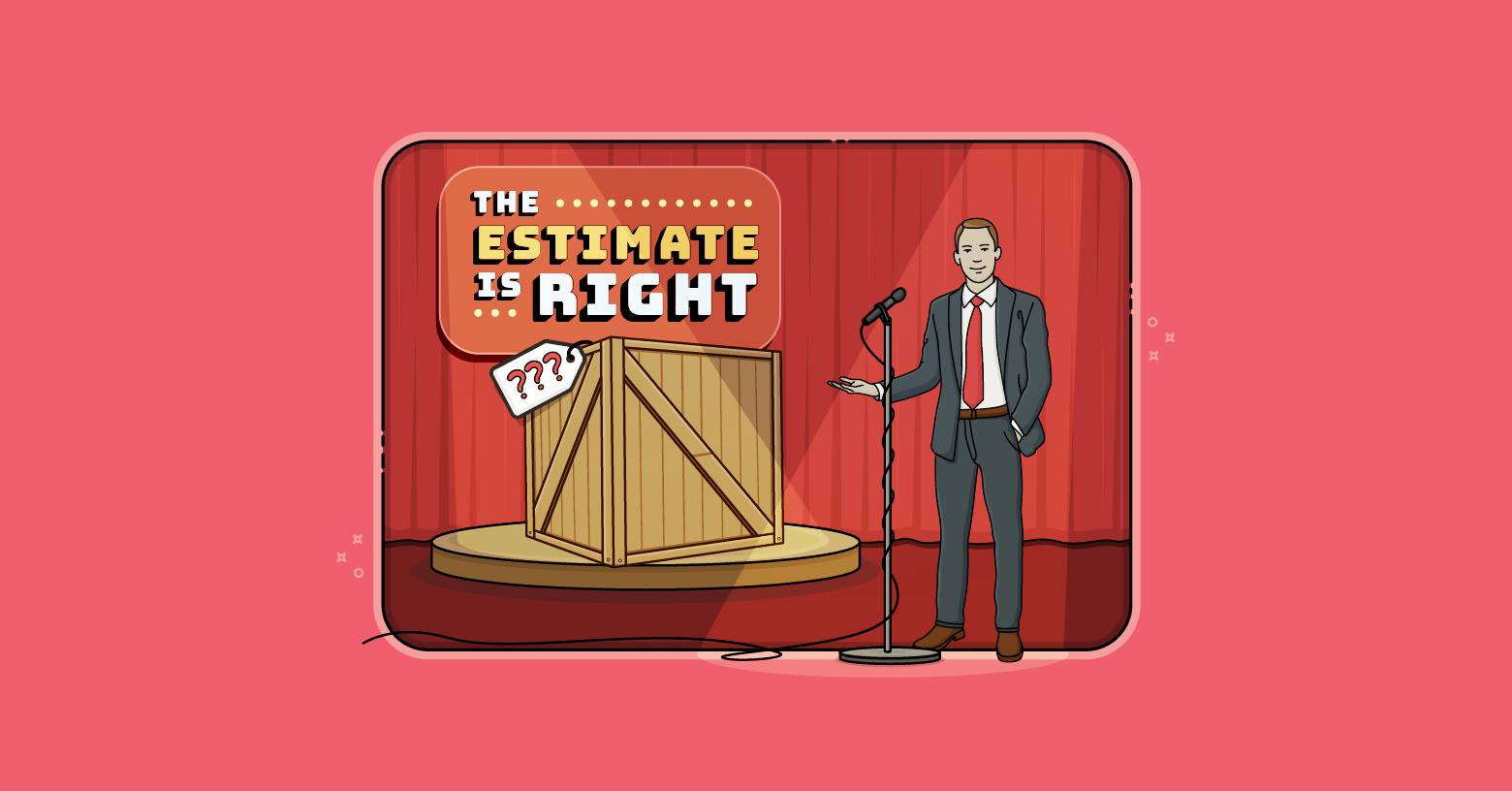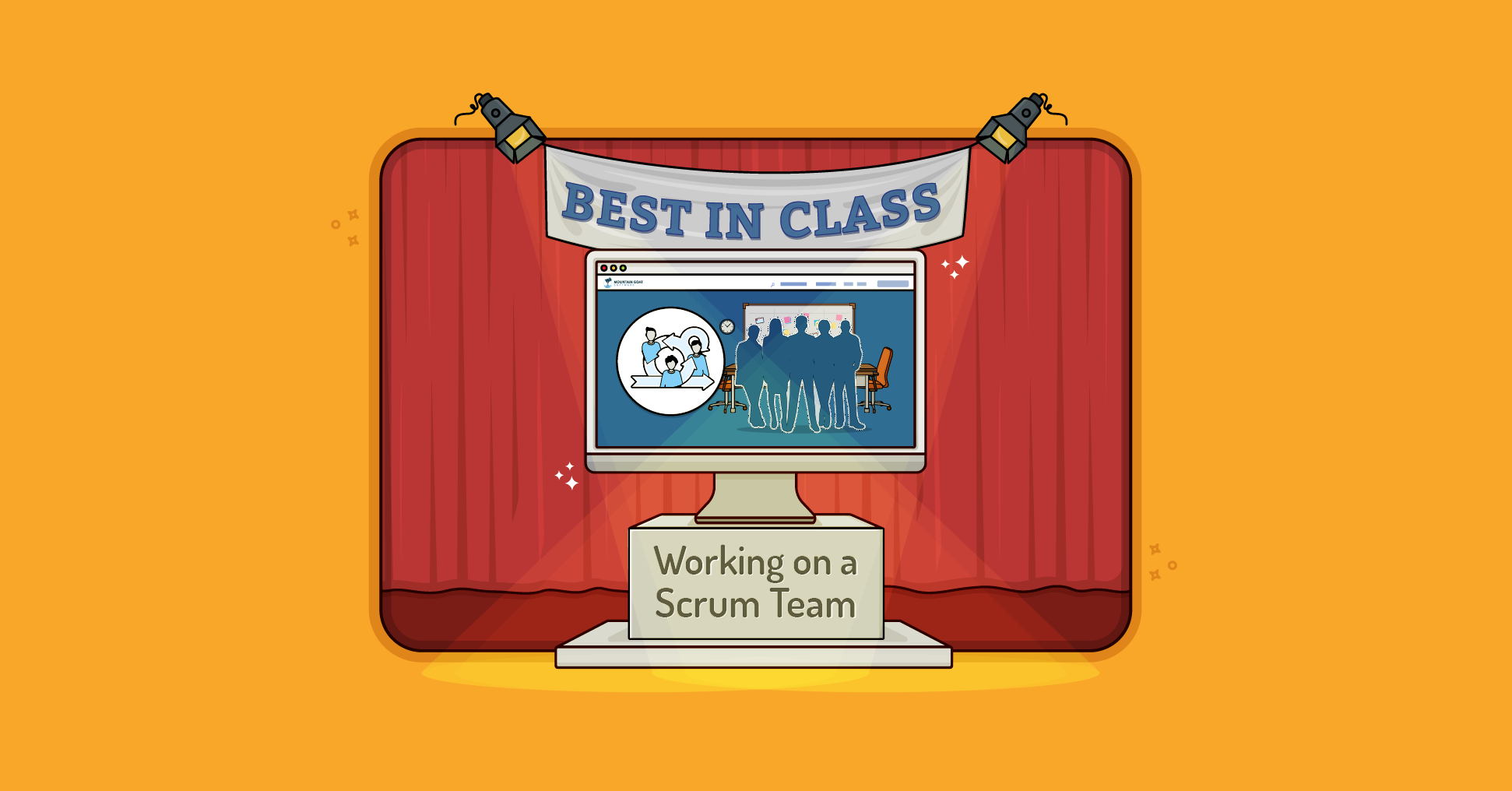Each of Sylvester Stallone’s Rocky movies features a montage of Rocky as he trains for an upcoming boxing match. No matter how hard Rocky trains, though, it’s ultimately the fight that matters. Does Rocky win his fights against Apollo Creed, Clubber Lang, or Ivan Drago? If he does, his training was successful.
When adopting agile, most organizations invest in agile training to help transform their teams. Whether it’s role-based training for Scrum Masters and product owners or workshops to improve a team’s user stories or learning how to estimate with story points, the goal is for training to lead to tangible changes.
Training is an investment with an expected return of improved agile teamwork and better outcomes for the team’s customers and stakeholders. If training helps the team deliver the right things, to the right people, at the right time, the training is successful.
Here are three things you can do to maximize the likelihood of your training leading to lasting agile transformation.
1. Begin Using New Skills Immediately
I remember calling my main client contact two months after I’d trained three of his teams as part of their agile transformation strategy. I was eagerly anticipating hearing some good news about their early wins. I also expected to hear about some of the common challenges and was prepared to offer advice on overcoming those.
What I Heard Instead of Good News
Instead, when I asked how the teams were doing, the client said, “Everyone got so behind on their regular work because of the two-day training class that we’re just now digging out of that.” He told me that one team had run two sprints, another team had run one, and the third team hadn’t yet run any.
Over the next year, I heard similar stories from a few other clients. They got so behind on email and meetings and “real work” by participating in agile adoption training that it took weeks before they were ready to try anything they’d learned in the courses.
What I Did About It
I stopped doing two-day corporate training engagements—unless I could stay for a third day and help the teams begin immediately.
We now use the third day to put the new skills to use, so that the learning sticks. Sometimes that looks like planning a team’s first or next sprint. If the team is new to Scrum and agile, we might spend the morning writing user stories for their initial product backlog, and then plan a first sprint in the afternoon. Sometimes teams like to do a retrospective on the third day to bridge their old and new ways of working.>
What You Can Do to Make Agile Transformation Possible
After a few days of training, team members usually feel excited about agile principles and the agile framework they've learned. They are itching to apply it all to their actual work. But over time, that enthusiasm can fade—and with it, their agile knowledge. In fact, studies based on the forgetting curve suggest that we lose up to 90% of new information within a week if we don’t use it regularly.
Reserve the Day After Training
Combat this by having all team members block out the day after training on their calendars. Capitalize on motivation from the training by implementing changes immediately.
Ensure a Quick Win
Use that day to help each team achieve some quick wins. After training, identify a few key changes that can deliver results fast. For example, a lot of course participants tell me they want to immediately try capacity-driven sprint planning. Others are excited about writing job stories for their product backlog and can’t wait to try them.
Immediately after training (hint: on that extra day I told you reserve), identify no more than a handful of quick win improvements. Put the rest on an improvement backlog, which is a list of improvement opportunities and process experiments a team wants to try. That backlog becomes your initial change management plan and a part of the overall agile transformation roadmap.
2. Commit to the Agile Transformation
A friend of mine is a former tennis touring professional. I was talking with him recently about the surge in popularity of pickleball. He said that pickleball (and before it, racquetball) became popular because those sports gave people “instant mediocrity.”
Rather than criticizing pickleball, his point was that people enjoy it because they can begin having fun their first time on the court. In contrast, tennis is too difficult for many people to have fun the first time they step on a court.
Scrum Is Not Like Pickleball
Unlike pickleball players, Scrum team members do not achieve mediocrity on the first day of the first sprint. Instead Scrum typically requires people to learn new agile ways of working and to unlearn old habits.
In my first programming job, I was taught to have the technical design done before I even started coding. I would have to unlearn that if I joined an agile team, especially one doing test-driven development.
Succeeding with agile is like succeeding with tennis: you need to be in it for the long term. So, when leading an agile transformation, you’ll have to do these two things well:
- Communicate a long-term commitment to an agile way of working
- Demonstrate a commitment to the agile transformation
Communicate a Long-Term Commitment
I was having lunch with team members at one of my clients. It was a beautiful summer day in San Diego, and we were at a table outside.
Someone asked me, “When are you coming back?”
I told him that the company leadership and I had not planned anything beyond the current trip, my fifth to their site.
He said, “Oh, I guess we’re done then.”
I proceeded to give him my speech about how a Scrum team is never done improving, part of agile is a commitment to continuous improvement, to always trying to be better, and so on.
He said, “I didn’t mean we’re done improving. I meant we’re done with agile. Every October the company picks some hot new way of working, has us learn about it, and then we do it until they change their minds the next October. Happens every year.”
I thought back to my first engagement with this company—yep, it had been October.
Sabotaging Their Own Efforts
Management at that company had sabotaged their efforts by establishing a track record of never sticking with it. Ironically, this explained why there hadn’t been much resistance to agile; normally there are a few resistors. No one bothered here because they knew their so-called agile transformation journey was a one-year thing.
Modeling Good Agile Leadership
Any fundamental process change is likely to slow a team down initially while they learn new ways of working. The hope is that long-term benefits of agile compensate for that initial slide.
I’ve worked with agile leaders who have done a tremendous job of sticking with their agile transformation, even when it’s hard. For example, teams at one company told their CTO, Parker, that they needed to abandon agile, “just for a little bit,” until after their next release. They told him that trying to learn agile ways of working was slowing them down, and they were worried they wouldn’t get everything done that they had promised.
Parker told everyone, in very clear terms, that he was committed to a successful agile transformation and understood the implications for the short term but believed in the benefits over the long term.
Resistance ended that day, and teams began working diligently to get over that initial learning curve so they could gain the benefits.
Demonstrating a Long-Term Commitment
It’s not enough to communicate a commitment to an agile transformation; it’s important to demonstrate that commitment. The benefit of Parker stating his commitment to agile would have been lost if he changed his mind as the deadline approached.
He didn’t. He demonstrated true agile leadership when he never wavered in his commitment, even when the deadline loomed.
I was impressed. The team knew he was committed, so they became committed as well.
3. Change the Mindset, Not Just the Practices
Teams will use their new skills following a training course. Perhaps more important is that they develop an agile mindset. Without a mindset shift, team members won’t be able to accurately assess which new agile practices are working and which need further refinement. They won’t notice continuous improvement opportunities as easily (if at all).
Agile Can Become a Burden, Not a Benefit
Without a change in mindset, a team will eventually stray from the purposes behind important agile practices. They’ll go through the motions but not be sure why. At that point, an agile implementation becomes a mere checklist—Did we do a sprint planning meeting?—rather than asking, Did we achieve what we should have by planning a sprint?
At this point, it’s common for daily stand-ups to quickly devolve into status meetings. Similarly, retrospectives are held but nothing important ever changes because of them.
Done this way, agile becomes more of a burden than a benefit.
Agile Needs to Fit Your Context
When I train teams, I encourage each to start Scrum “by the book.” Start by doing Scrum the way I’ve taught them during the course. I tell them that if I check in with them in three months, I want to hear they’re doing what we discussed in class.
But I tell them that if I check in on them in a year, I do not want to see them doing it that way. By then, they will have gained sufficient experience to identify and evaluate practices and small changes that are better suited to their context.
Agile isn’t about following a rigid process—it’s about creating a framework that helps your team continuously improve.
From Training to Transformation via Continuous Learning
Training is an important first step, but it won’t lead to an agile transformation unless teams commit to always looking for ways to apply and adapt what they’ve learned. By focusing on early wins, ensuring practical application, and adapting agile to your organization, teams can move beyond just “doing agile” to truly being agile.
Need a Flexible, Scalable Training Program?
At Mountain Goat Software, we’re passionate about helping teams succeed with agile. If you’re planning training, we’d love to help.
Why not schedule a free call to discuss your needs?
Or consider a Flex and Select Pass.
Flex and Select passes offer discounted training seats that can be used when it’s convenient. You don’t need to commit to specific classes when you purchase passes, making them ideal for teams that need flexibility in their training schedules.
Passes from Mountain Goat help if you need to use this year’s training budget but can’t train your teams until the next budget cycle. For more information, visit the Flex and Select Pass page.
Last update: November 8th, 2024









